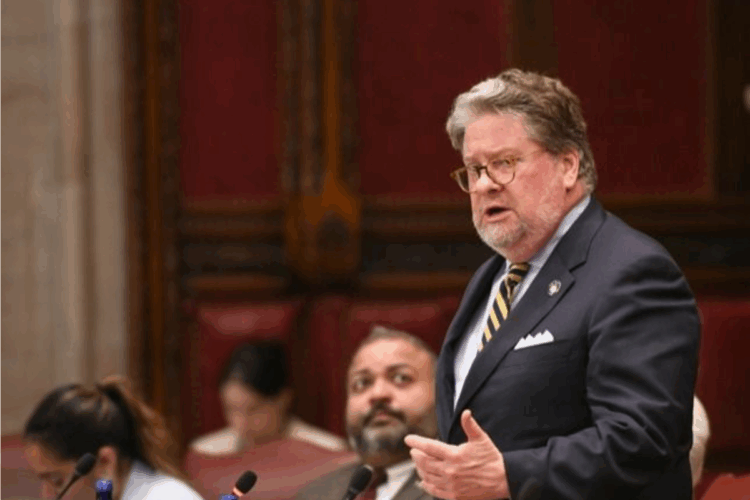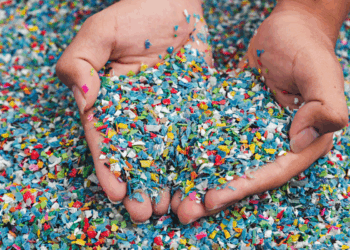As legislative sessions start to wind down, New York failed to pass extended producer responsibility for packaging and bottle deposit updates, California moved a bill forward tweaking SB 54, and Rhode Island introduced a last-minute bottle bill.
In New York, the closely watched Packaging Reduction and Recycling Infrastructure Act, or SB 4246, passed the state Senate 37-23 on Friday afternoon but didn’t get a vote from the Assembly before the session ended.
Among other targets and provisions, the bill called for reduction rates of 10% by unit weight three years after a producer first registers with a producer responsibility organization. Those rates increase to 20% after five years, 30% after eight years, 40% after 10 years and 50% after 12 years.
Under the proposed bill, recycling rate targets were different for plastic and non-plastic packaging. For non-plastic packaging, the rates are 35% reused or recycled, with at least 5% of that reused, by 2028. In 2035, the rates jump to 50% reused or recycled with at least 10% reused, and by 2050, the rates are 75% reused or recycled with at least 20% reused.
Plastic packaging would have had to be 25% reused or recycled by 2028, 50% by 2035 and 75% by 2050.
Also in New York, A7557 and S6869 didn’t move out of their chambers of origin this year. The bills would have increased the deposit on containers in the deposit return system to 10 cents, would have raised the handling fee from 3.5 cents to 6 cents and would have expanded the scope of the state’s
The legislation was opposed by some unions and the bottling industry, bill sponsor Assemblymember Deborah Glick told Politico.
Across the country in California, where the legislative season ends in August, a bill tweaking SB 54 recently passed out of its chamber of origin on a 37-0 vote.
SB 1231 would alter the Plastic Pollution Prevention and Packaging Producer Responsibility Act, or SB 54, by creating a petition process producers can use to request a “recyclable” designation for materials that are “trending toward” meeting recyclability requirements. The goal is to avoid a situation where removing a “recyclable” designation disrupts existing progress towards collection and end market development for a certain material. Under the current law, the Department of Resources Recycling and Recovery, or CalRecycle, must identify those materials, so the change allows a more active role for producers.
In addition, SB 1231 would extend the exemption to remove the chasing-arrows symbol from packages that are not deemed recyclable from 18 months to 24 months after the date the department publishes or updates the recyclable list.
Back on the East Coast, Rhode Island legislators introduced another attempt to get a container deposit system running on May 24. The session will close at the end of June.
HB 8312 would leave much of the actual program to be determined by state regulators and beverage producers, in an attempt to move past the deadlocks that have doomed previous attempts by creating a producer responsibility organization.
The bill would set a 10-cent deposit that would rise to 15 cents if the PRO does not meet its final redemption rate for three years in a row. The redemption rate targets are 70% two years after the bill’s effective date, 75% after four years, 85% after six years and 90% after eight years.
Reuse targets are at least 15% reuse after seven years and 25% after 12 years. Recycled content rates are broken out by material and the deadline is seven years after the bill takes effect. Under the proposed bill, glass containers must be at least 35% recycled material, PET containers 45%, HDPE and PP containers 25% and aluminum containers 50%.


























